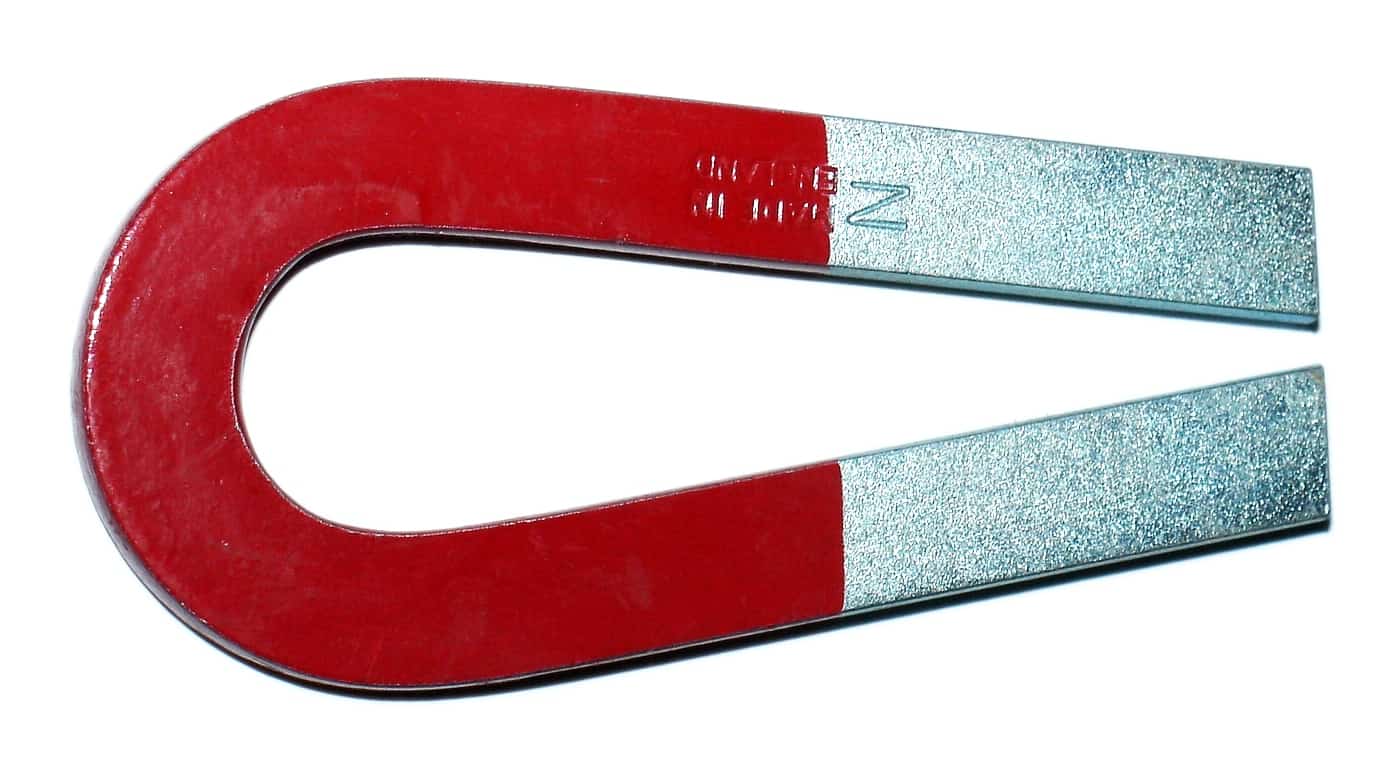Table of Contents
Unfortunately, there are many gold vendors on the market who attempt to prey on unsuspecting buyers. While the clear majority of precious metals transacted are perfectly legitimate, there are always the few who force us to keep vigilant.
*This post may contain affiliate links. As an Amazon Associate we earn from qualifying purchases.
Since the Middle Ages, gold and other precious metals have been subject to testing for their type and purity. These early methods often involved fire and exposed chemicals that were hazardous to the tester. As such, fewer gold buyers tested their stock and many counterfeiters successfully got away with selling fakes.
Luckily for us, there are many new ways to test your gold to make sure you have a bona fide bullion. And unlike the methods of yesteryear, they are safer and more affordable than ever. So, put away your chemistry sets, because there are now simpler solutions available.
If you want to make sure that your gold coins or bullion is legitimate, try any of the methods we describe below. We have loads of experience working with all gold testing methods and have applied our expert knowledge in crafted this simple how-to manual.
Check the Hallmarks

No, we aren’t talking about the greeting card store. Rather, hallmarks are a staple of any legitimate gold bullion. They are small engravings that appear on the sides of most all gold bullion above a minimum threshold weight.
Hallmarks are imprinted by government-run Assay Offices which oversee all legitimate precious metals. In most of the world, hallmarks are mandated by law as a consumer protection measure. In other words, they are necessary in order to keep the risk of fraud at bay.
And we can admit that they can be a bit confusing to the unacquainted buyer. To make things easier, we will break each hallmark down in detail so that you know exactly what to look out for.
The Sponsor’s Mark
There are three hallmarks on every gold bar or bullion that are required by law. The first is the Sponsor’s Mark, which signifies the entity, firm, or individual responsible for sending the bullion to the Assay Office for approval. In other words, it denotes where the gold came from.
Every legitimate bullion will have this hallmark. In most cases, it will appear as a registered trademark of the firm that submitted it to the Assay Office—typically, a logo or a brand symbol. In generic cases, it may appear as two concentric circles with the initials of the firm or individual engraved inside them.
The Standard Mark
Directly to the right of the Sponsor’s Mark is the Standard Mark. While also required by law, this marking will engrave the most important information to the buyer. That is, it signals the type of metal in question—gold, silver, platinum, or palladium—as well as its purity in parts per thousand (ppt).
This hallmark will appear in the form of a shape, which indicates metal type, and a number to indicate purity in ppt. All gold bullion will feature a Standard Mark in the shape of either:
- An oblong circle with the corners removed
- A hexagon
- A hexagon with the corners removed
The Assay Mark
Lastly, the Assay Mark is found to the direct right of the Standard Mark. This hallmark denotes the specific Assay Office responsible for issuing the hallmark and approving of the bullion. This is important for tracing purposes.
Additional Hallmarks

Aside from the “big three” compulsory hallmarks above, you will occasionally find a string of other hallmarks etched into your bullion as well. Although these are becoming increasingly rare, it is important to be acquainted with them to prevent confusion.
The following hallmarks are entirely voluntary, meaning they are not required by law, and are sometimes found to the right of the Assay Mark:
- The Date Letter mark
- The Pictorial mark
- The Commemorative mark
The Date Letter features the year and date in which the bullion was approved by the Assay Office. This is inscribed in alphabetical notation. The Pictorial mark features a decorative picture such as an animal’s head, or the resemblance of a royal figure. Lastly, Commemorative marks are sometimes added to memorialize a major event such as a Diamond Jubilee.
Hallmark Exemptions
For gold, the minimum weight required for hallmarking is 1 gram. This is the case across most jurisdictions, including the United Kingdom and the United States.
All gold buyers should be made aware of this regulation, as it means that gold sold in sub-gram increments are most susceptible to counterfeiting. With this being the case, we strongly advise against buying gold in unhallmarked increments of less than a gram.
The Eyeball Tests
If you want to know how to tell if gold is real, you need to know what it looks and sounds like. For this, we are bringing it back to the basics by teaching you the good-old eyeball tests. Each of these tests can be done at your local jeweler or vendor’s shop, or immediately after being brought home.
The Size Test
Who said testing gold had to be difficult? For this test, all you need is a verified gold coin, ideally with hallmarks. This coin is used to “size up” the coin(s) in question. Lay each of them side by side. Since modern gold coins are uniform, they should be equal in thickness, weight, density and diameter. Use a jeweler’s scale to make sure they weigh the exact same.
The Sound Test
When testing gold, buyers should also be aware of the differences between authentic gold coins and fake gold coins. Fakes are usually composed of base metals such as copper. When base metals are struck, they produce a dull and quiet sound. By contrast, gold coins make a reverberant sound that fills the room. Strike both and compare.
Alternatively, you could download one of the several mobile apps available on the App Store or Google Play that simulate the sound of both gold coins and their fakes. These apps are incredibly useful if you happen to not have a verified gold coin on hand.
The Magnetic Tests

Is gold magnetic? No, it isn’t. This is a commonly misunderstood aspect to testing gold that needs to be stated bluntly. If your gold coin sticks to a strong magnet or appears to face any resistance at all before falling off, chances are it is a fake. Authentic gold should slip off a magnet with zero visible resistance.
Next time you are at the jeweler’s, bring a magnet along. This simple test could save you a world of headache later on.
The Chemical Tests
These are the heavy-duty tests that require a bit more patience and determination. For some, hazardous materials are involved, including corrosive solutions, so we strongly recommend taking the utmost care in conducting these tests.
Electronic Gold Testers
Electronic gold testers are perhaps the easiest method of testing gold. However, they come up short in terms of accuracy. These portable devices, while convenient, can only be trusted to measure within 1 or 2 karats of accuracy. Misreadings can become costly mistakes when dealing with 10k, 12k, or even 14k gold and higher.
Electronic testers are also prone to inflicting surface damage. Between this and their inaccuracies, we advise against them.
Fire Assay Testers
The Fire Essay test is the “old school” method. This technique dates to the Middle Ages, where furnaces were used melt the gold before analysts studied its molten solution.
In the present day, it doesn’t require nearly as much heavy lifting. Instead, modern Fire Assay test kits involve a basic oven and nitric acid, which isolates the pure gold in the substance. While this method is by far the most accurate method for home testing, it is destructive in that it destroys much of the alloyed material in the bullion.
If you do choose this method, make sure you don’t use it for testing gold found in artworks or jewelry. Common sense would dictate that your painting or necklace would, well, incinerate. If this sounds right for you, however, we suggest going with the Shor Fire Assay System.
Aqua Regia/ Touchstone Testers
While the most common method of testing gold, Touchstone testers are highly dangerous. In the strongest terms, we recommend leaving this method to the professionals.
Touchstone tests involve the use of an acidic solution known as “Aqua Regia” which is extremely corrosive. But even when handled with care, its fumes can be ingested accidentally which can cause serious internal organ damage.
However, the Touchstone method is completely non-destructive. So, if you are dead-set on testing your gold without any loss sustained to the metal, then we suggest asking your local jeweler about running a Touchstone test.
X-Ray Fluorescence Testers
Lastly, X-Ray Fluorescence (XRF) tests are heavy pieces of laboratory equipment that scan your substance to verify its contents. They are lightning fast, and relatively simple to use, which makes them a worthwhile choice if running a testing lab or jewelry shop.
However, their exorbitant price tag doesn’t justify its home use. Instead, we recommend a basic Fire Assay test for those who are most determined. Otherwise, ask your jeweler about handling Aqua Regia.

